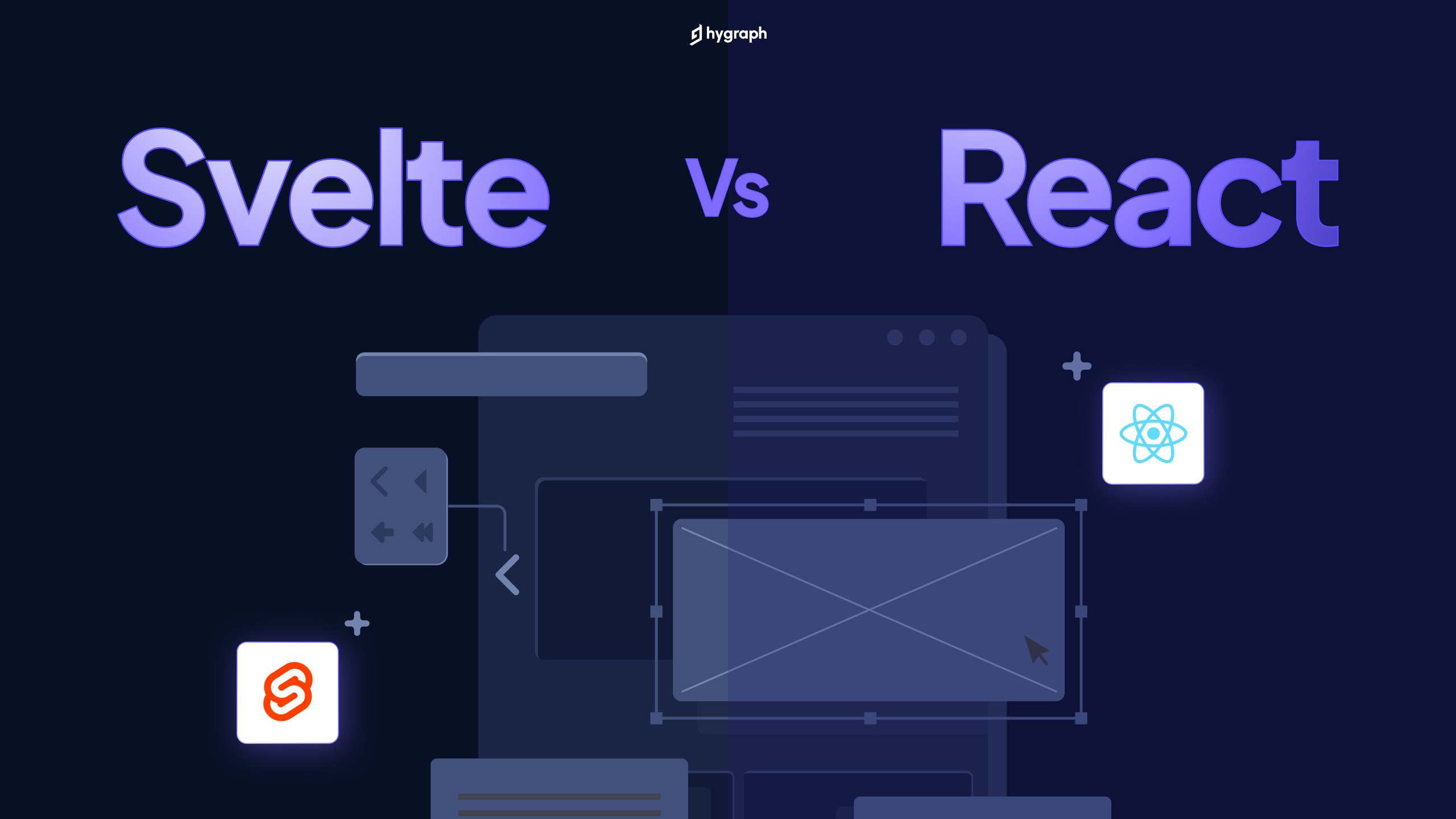The Future of JavaScript Frameworks: Svelte vs. React
[2024-11-01]

A Changing Landscape in JavaScript Frameworks
The world of JavaScript frameworks is undergoing a transformation, with developers seeking solutions that are not only powerful but also efficient and user-friendly. React, a framework developed by Facebook, has been a dominant force in the industry for over a decade, offering robust tools and a virtual DOM that enhances rendering performance. However, Svelte introduces a groundbreaking approach by shifting the focus from runtime optimization to compile-time performance. This fundamental difference reduces the need for bulky frameworks in production and ensures faster page load times for end users. As developers explore Svelte's unique advantages, it is becoming a strong contender in modern web development.
Simplicity in Development with Svelte
Svelte's primary appeal lies in its simplicity and ease of use. Unlike React, which often requires additional libraries like Redux for state management or hooks for functional components, Svelte integrates reactivity and state management directly into its core. This integration significantly reduces boilerplate code, allowing developers to focus on crafting seamless user experiences. Additionally, Svelte's syntax is intuitive, making it accessible to newcomers while providing experienced developers with the tools needed for complex applications. By eliminating the virtual DOM, Svelte achieves a streamlined architecture that prioritizes both developer productivity and application performance.
React’s Strength in Ecosystem and Community Support
React's longevity in the industry has fostered a vast ecosystem of libraries, plugins, and community support. This ecosystem provides developers with a rich repository of resources, from comprehensive documentation to reusable components that simplify complex tasks. Furthermore, React's popularity ensures that developers can easily find tutorials, courses, and community forums to address their challenges. For large-scale enterprise applications, React's stability and extensive tooling make it a reliable choice, especially for teams that require long-term support and consistent updates. React’s established reputation continues to attract developers and businesses alike.
Choosing the Right Framework for Your Project
Deciding between Svelte and React often depends on the specific needs of a project. For lightweight, performance-critical applications, Svelte's compile-time optimization offers unparalleled speed and simplicity. On the other hand, React excels in scenarios requiring a robust ecosystem and scalability. As Svelte's community grows and its tooling matures, it is likely to become a viable alternative for larger projects. Ultimately, the choice between these frameworks reflects a balance between performance, scalability, and developer preference.